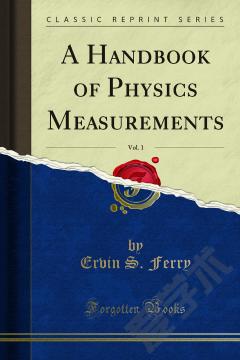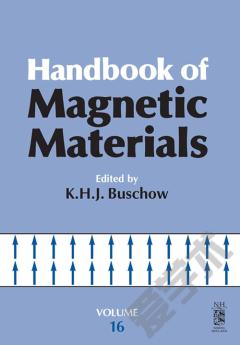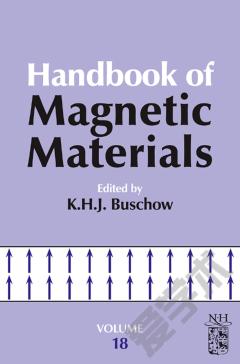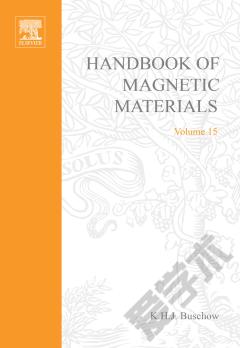Handbook of Magnetic Measurements
Introduction to Magnetic Measurements Fundamentals of Magnetic Measurements Historical Background Main Terms The Magnetization Process of Ferromagnetic Materials Anisotropy and Texture Electromagnetic Loss Influence of the Magnetic Field on Physical Properties of a Material Magnetic Resonance Superconductivity Used in Magnetic Measurements Main Rules of Magnetics The Physical Principles of Magnetism The Magnetic Hysteresis Sources of a Magnetic Field The Samples and Circuits of the Material under Test Magnetic Shielding Magnetic Materials Soft Magnetic Materials: General Information Silicon Iron Electrical Steel Nickel- and Cobalt-Based Alloys Amorphous and Nanocrystalline Alloys Soft Ferrites Hard Magnetic Materials Special Magnetic Materials Magnetic Sensors General Remarks Induction Sensors Fluxgate Sensors Magnetoresistive and Magnetoimpedance Sensors Hall-Effect Sensors Resonance Sensors SQUID Sensors Resonance Sensors and Magnetometers Other Magnetic Sensors Testing of Magnetic Materials AC Testing of Soft Magnetic Materials DC Testing of Soft Magnetic Materials Testing of Hard Magnetic Materials Special Methods of Testing of Magnetic Materials Magnetic Field Measurements and Their Applications Environment Magnetic Fields Applications of Magnetic Field Measurements Magnetic Diagnostics Index References appear at the end of each chapter.
{{comment.content}}








 京公网安备 11010802027623号
京公网安备 11010802027623号